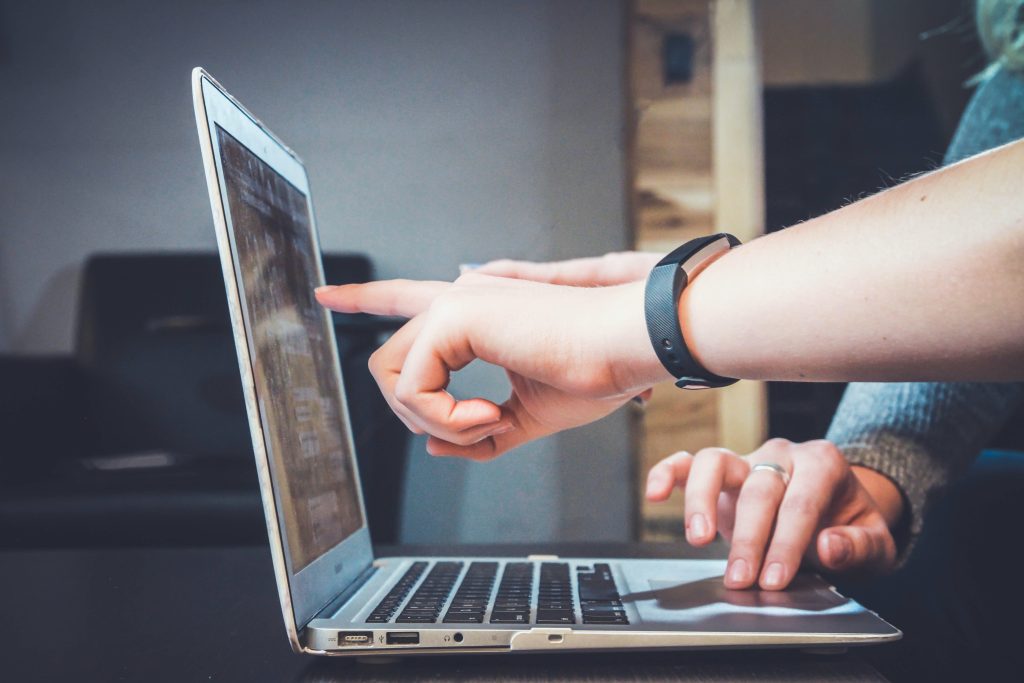All The Best Ways People Are Using Artificial Intelligence Every Day
Use Artificial Intelligence to help you schedule appointments, plan meals, garden, write concise documents, exercise, and more.
This article is more than 2 years old

Since ChatGPT was released to the public last fall, artificial intelligence has taken the world by storm, and some say it’s even changing the very foundations of how we interact with the world around us. According to The New York Times, critics and skeptics are concerned that AIs will soon replace all human work, but what’s happening more often is that people use artificial intelligence to reach new heights of creativity and ingenuity. Here are just a few of the ways that people around the world are using artificial intelligence to make their lives and jobs easier—and to have some fun while they’re at it.
Artificial intelligence tools can be especially helpful in eliminating the somewhat arduous process of planning things before doing them—we’ve all had something we wanted to do that we couldn’t find time to plan out. One gardening enthusiast has been using ChatGPT to help plan his garden and has not only discovered new species he wouldn’t have thought of placing in the garden but is able to better map out the garden so that taller, more drought-resistant plants provide shade for others, all guided by ChatGPT. Others use ChatGPT to plan workouts targeting specific muscle groups or for planning a week of gluten-free meals, complete with grocery list, saving hours of time.
Many people are also using artificial intelligence to enhance job performance and possibilities, like Ryan McClelland a research engineer for NASA. McClelland uses the AI tool to design spaceship parts that are so different from what a person would conceptualize, he says it’s like “collaborating with an alien.” One employee uses ChatGPT to categorize and organize her files, while another uses it to write concise, informative emails to clients. Another person uses ChatGPT as a sort of devil’s advocate, having the AI argue against him so he can strengthen his own argument and preempt some of the opposition.
Artificial intelligence can also be used as an accessibility tool for people with disabilities, like for one employee with ADHD, for whom organizing concepts into outlines was one of the most difficult, time-consuming parts of her job; thanks to ChatGPT, it now takes just minutes. A student with dyslexia uses an AI bot to format and edit a dictated essay, eliminating the need to go back through and painstakingly read the dictated essay for line edits. For those with long-term illnesses or other conditions that may often result in a lot of hassle with medical bills, artificial intelligence can be used to quickly and accurately write anything from an insurance rebuttal to a request for an appointment, synthesizing past medical data.
Perhaps, most importantly, people use artificial intelligence to have fun, like the hundreds of people who have used AI to recreate old games or even to code new ones. Others use AI to get started on a poem, make a Spotify playlist, or create a Dungeons and Dragons campaign. While fears about how artificial intelligence will impact our society are still rampant, humans are already proving that new technology doesn’t make us less creative, it makes us more so.



